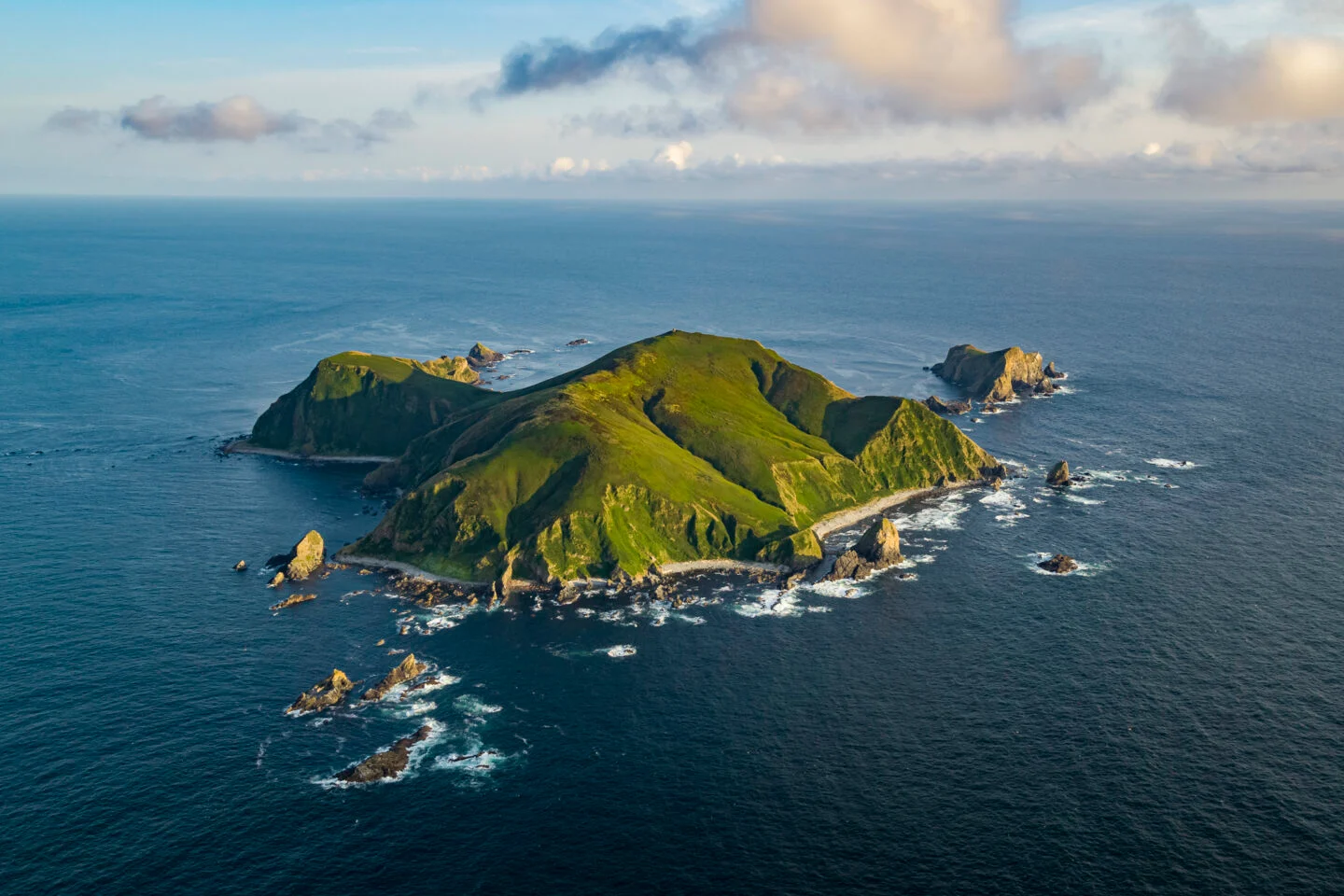
Canada’s Remote Islands: Reclaiming Their Future Through Innovation and Community
Canada’s many remote islands—from Newfoundland and Labrador’s rugged Fogo Island to tiny community outposts in the Arctic and off British Columbia’s coast—are turning challenges into opportunities. They’re reshaping their future with sustainable economies, cultural revival, and environmental resilience.
🎨 Renewing Culture and Economy on Fogo Island
Fogo Island, historically dependent on the cod fishery, has reinvented itself through the Shorefast Foundation. Major initiatives include:
- The Fogo Island Inn, a modern, socially conscious lodging blending luxury design with island heritage.
- The Fogo Island Arts residency, bringing global creatives to live and work, engaging in cultural exchange with the community.
These projects are designed around a philosophy of cultural and ecological economy: creating local jobs, preserving heritage, and reinvesting profits into community empowerment. Trendonomist
🌿 Energy Innovation Enables Self-Reliance
Many remote Canadian islands, especially Indigenous and northern communities, have been relying on diesel generators. Rising energy costs, climate risk, and diesel dependency have spurred a wave of change:
- Adoption of solar-diesel hybrid microgrids, wind turbines, batteries, and energy storage systems is cutting greenhouse gas emissions and energy bills. Projects in Ontario communities like Fort Severn and Gull Bay are already reducing diesel demand by up to 25 % annually.
- These investments support local energy sovereignty, giving communities control over power production and decision-making.
🏘️ Building Resilience in the Face of Climate Threats
Islands such as Tuktoyaktuk in the Northwest Territories face critical threats from coastal erosion and melting permafrost:
- The Canadian government committed over $53 million to shoreline armoring and infrastructure upgrades to protect local infrastructure and homes. one.gc.ca+3canada.ca+3futuretuktoyaktuk.org+3
- In places like Herschel Island (Qikiqtaruk), rising sea levels and permafrost thaw have forced urgent efforts to physically relocate historic structures, while also digitizing cultural heritage via 3D modeling and VR to preserve Indigenous legacy.
🏠 Addressing Housing and Social Challenges Through Local Policy
Smaller islands are pioneering models to manage housing affordability:
- Cortes Island (BC) implemented a 3 % tax on short-term vacation rentals, directing all revenue toward developing affordable rental housing—an unprecedented move in the province. Funds support a 24‑unit community housing project.
🌍 Strength in Partnership & Advocacy
Regional collaborations and community-led groups amplify island voices:
- The Rural Islands Economic Partnership (RIEP) in British Columbia brings together Indigenous and settler communities across over a dozen coastal islands to collaborate on resilience, governance, and sustainable economic planning. Vogueruralislandspartnership.ca
- Indigenous-led tourism in places like Haida Gwaii shows how local stewardship can drive cultural tourism, protect ecosystems, and foster self-governance. ft.comWikipedia
🌟 A Future Reclaimed
Canada’s remote islands are contending with isolation, economic hardship, and shifting climates—but they’re proving that the path forward can be rooted in innovation, inclusivity, tradition, and sustainability. From energy independence and affordable housing policies, to community arts hubs and heritage preservation, local leadership is driving change.
As these islands shape new futures, they are inspiring broader conversations about environmental stewardship, Indigenous rights, and place-based community development across Canada.
By: Wilgens Sirise





